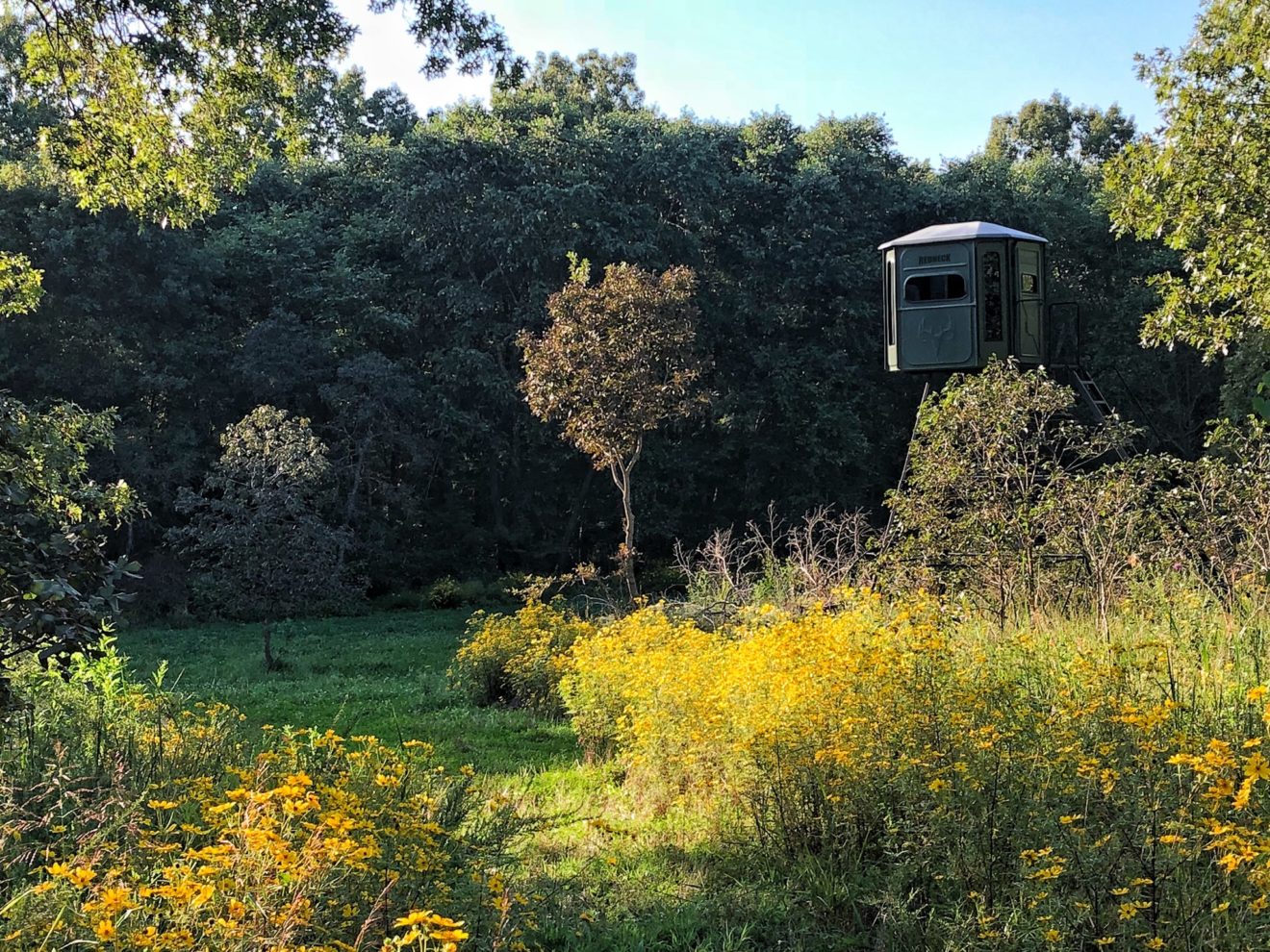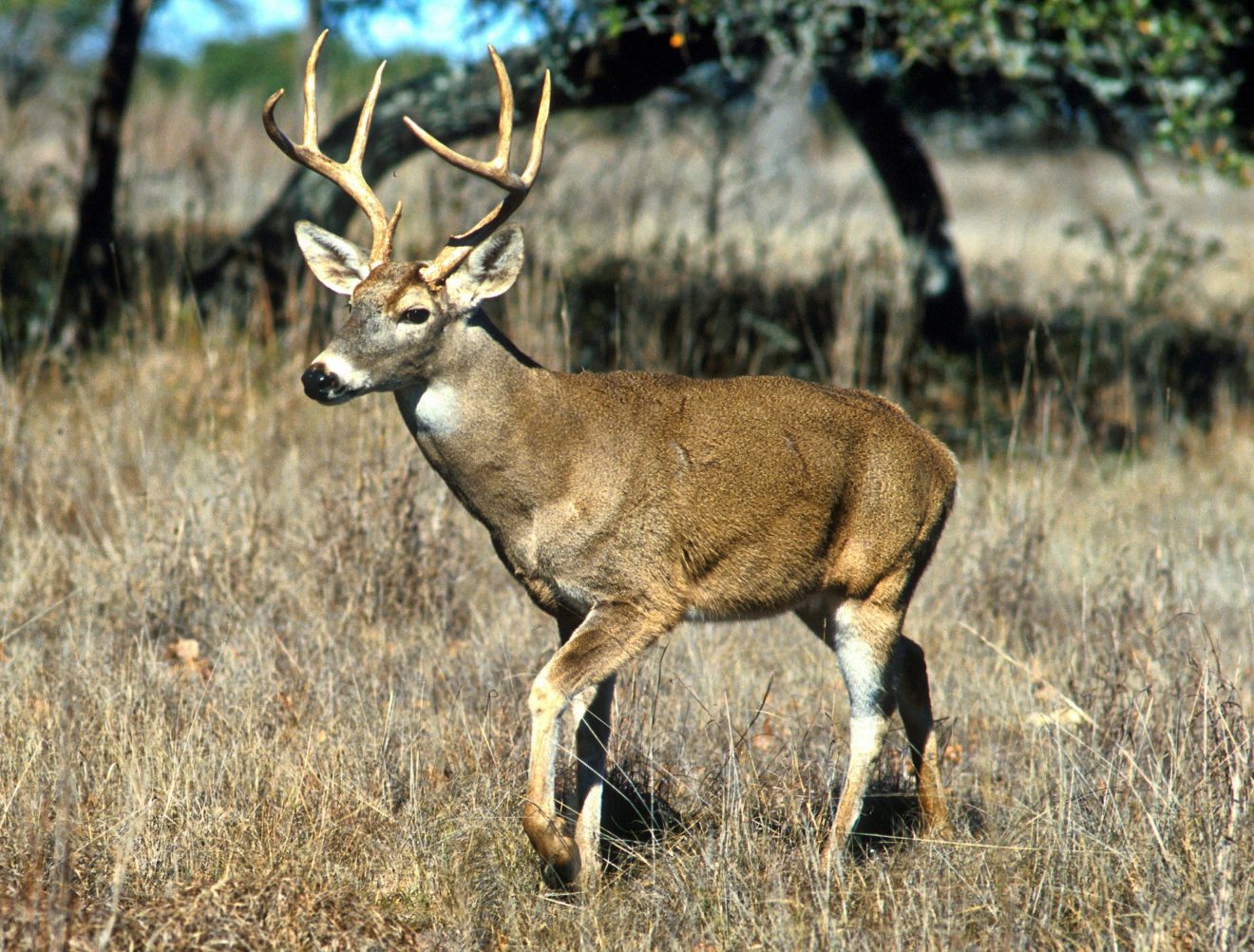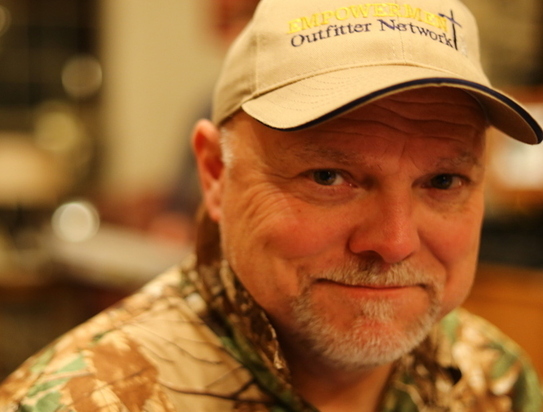Bowhunting How To: Picking Your Sightlines
Whitetails are sneaky creatures. They can be almost ghost-like, seemingly appearing nearby out of nowhere. And when they do, it can end a hunt pretty quickly. I always thought I had a healthy respect for the stealthiness of whitetails; then I took up bowhunting.
Whitetail deer rely on their sense of sight, hearing, and smell to avoid potential predators. The most reliable sense a deer possesses is smell. They have a nose that can smell danger from hundreds of yards away. Still, it’s their proficient eyesight that often gives them the upper hand over bowhunters.
Whitetail Eyesight
Though eyesight is the sense deer least depend on, they’re definitely no slouch when it comes to visually exposing hunters. In fact, they’re very good at it. They process what they see much faster than humans in both low light and daylight conditions. Regarding eyesight, a deer’s main concern and goal are to detect movement in a timely fashion. Most hunters know all too well the scenario when, unexpectedly, a deer is looking you right in the eye – seemingly into your soul. It’s one of our worst moments. We are now pitted against a deer’s visual abilities, yet have to somehow physically make a move if we’re to have a chance at taking a shot.
How can you minimize your chances of being seen by deer prior to taking a bow shot? One way is to see them before they see you. Maybe a better question is how can you use your eyesight to maximize your lead time to prepare for a bow shot?
The answer to the latter is all about how you set up your hunting position, whether from a tree or the ground.
Close Quarters
When I hit the woods in search of stand locations, I’m often drawn to cozy spots with a couple of tight shooting lanes – ones looking directly at a section of a trail or pinch point. These stands are usually devoid of silhouetting and I’m so hidden that I’m practically part of the woods — a great situation for bow hunting.
But such dense woodland hideouts often rob you of any chance of advance notice of approaching deer, and ultimately the necessary time to prepare for a shot should they come into range.
Where Did He Come From?
Sometimes, the unthinkable happens. The sound of a snapping branch or slight movement out of the corner of my eye finds me suddenly looking at a buck through the brush (or even in a shooting lane) staring at me. It can be downright bewildering. At this late stage, chances are he saw me move before I even knew of his presence. At the very least, he probably noticed me react to him.
Just like that, I’ve likely been defeated by the deer’s visual acuity. More often than not, the next few minutes are a stressful game of will and patience that I often lose.
Be a Visionary
Don’t get me wrong. I’ve had success while perched in tight and brushy lairs. They certainly have their advantages. The problem is that they leave little room for error. Therefore, I’ve learned to level the playing field with regard to a deer’s eyesight advantage. I do so by creating setups that provide lines of sight well beyond my planned “killing spots.”
Today I seek locations where I can see for longer distances in as many directions as possible. Even when through limbs and brush, this is a huge advantage for bow hunters. If it doesn’t naturally exist, I do some strategic trimming to improve my vantage point. The goal isn’t to create totally unobstructed views, rather ensure they are clear enough to determine deer movement and direction at a greater distance.
By doing this, you can greatly minimize the visual edge a deer will have once it’s in closer proximity. Further, by seeing faraway deer traffic, you can now determine (or at least estimate) where a deer will likely enter your immediate area. In doing so, you can plan the openings through which your arrow can clearly hit vital organs or at least stop the deer with a vocalization. Put differently, you can anticipate how the event will take place and prepare for a shot. This is especially beneficial during the rut and pre-rut, when deer have more erratic travel habits – and propensity to catch you unprepared.
Think Outside the Bow
If you rifle hunt, think about how freely you’re typically able to survey the landscape of your hunting grounds. Especially when hunting from an enclosed blind, movement is much easier, and you can see deer movement in most directions from varying distances, and it’s harder for them to see your movement. Time and again, this allows you precious time to organize yourself for an ideal shot. Obviously, bowhunting is a different endeavor. Nevertheless, to the extent possible, aim for this kind of situation.
As hunters, we work hard at being difficult to see. We use camo clothing, blinds, stand height, and even native brush to visually disguise ourselves. Deer, however, are the real experts at blending into the countryside. It’s no wonder they’ve been tagged with names like the “grey ghost” for their ability to avoid hunters – and sneak upon them. And often it’s much less about our concealment, rather our movement that deer are so adept at seeing.
Ultimately, by seeing more of the surrounding landscape, you can manage your movements and avoid being seen. In turn, you’ll see more deer, experience more enjoyable hunts, and get more quality bow shots. Do you want to combat a whitetail’s superior eyesight in the field? If so, consider creating a room with a view.
Based in Texas, Jerald Kopp is President of 1st Light Hunting Journal. His articles cover a variety of topics about hunting and the outdoor lifestyle. Jerald is an avid outdoorsman with deer hunting and whitetails being by far his greatest passion. He was introduced to hunting and fishing at an early age and has been enjoying it for 40+ years. In 2005, he established the Empowerment Outfitter Network (EON) – a faith-based non-profit organization that provides hunting opportunities for disabled and terminally-ill children and youth. When not hunting, he spends his time traveling and enjoying life with Amy, his wife of over 30 years. Jerald and Amy have two adult daughters and a son-in-law.





